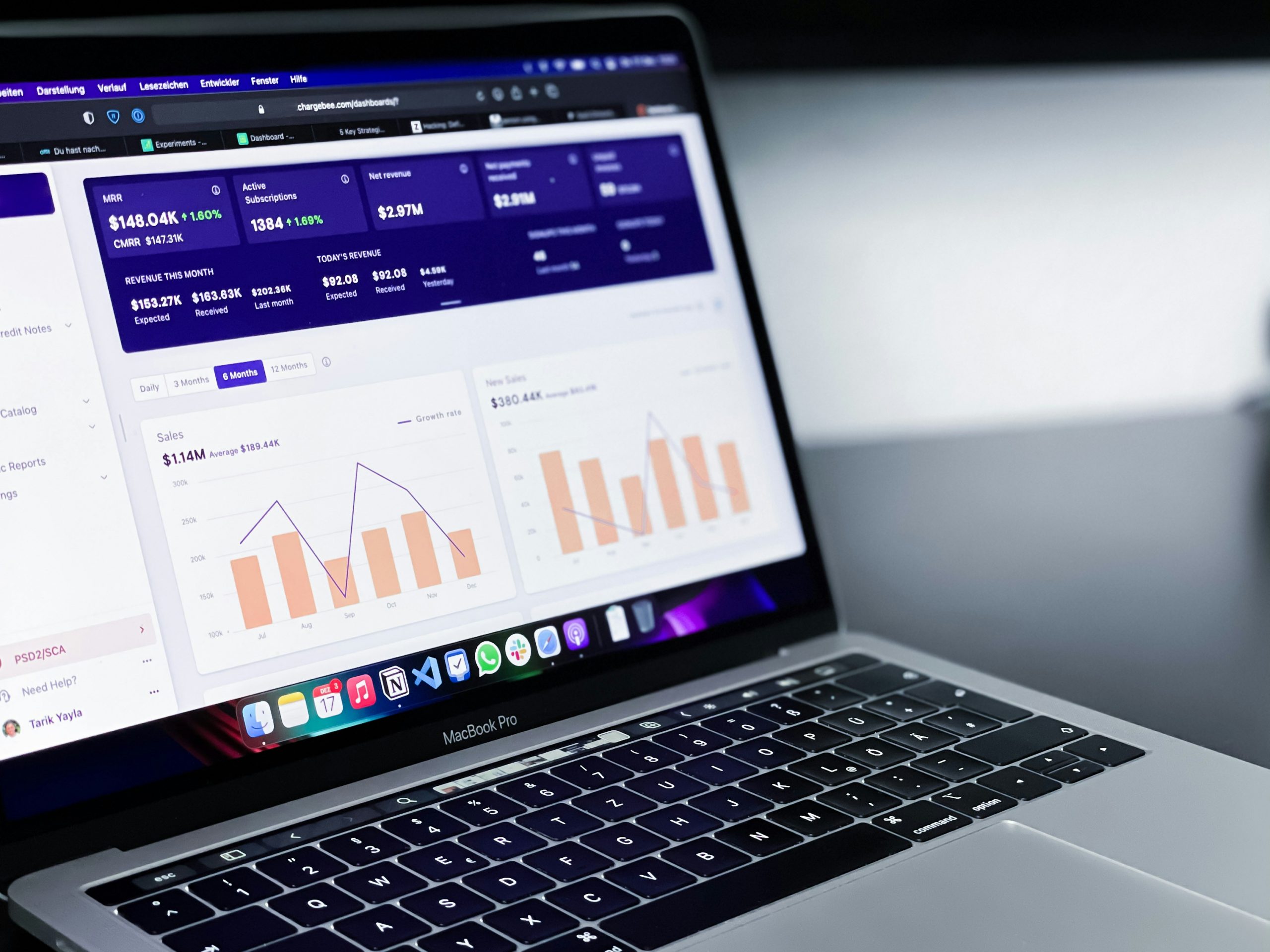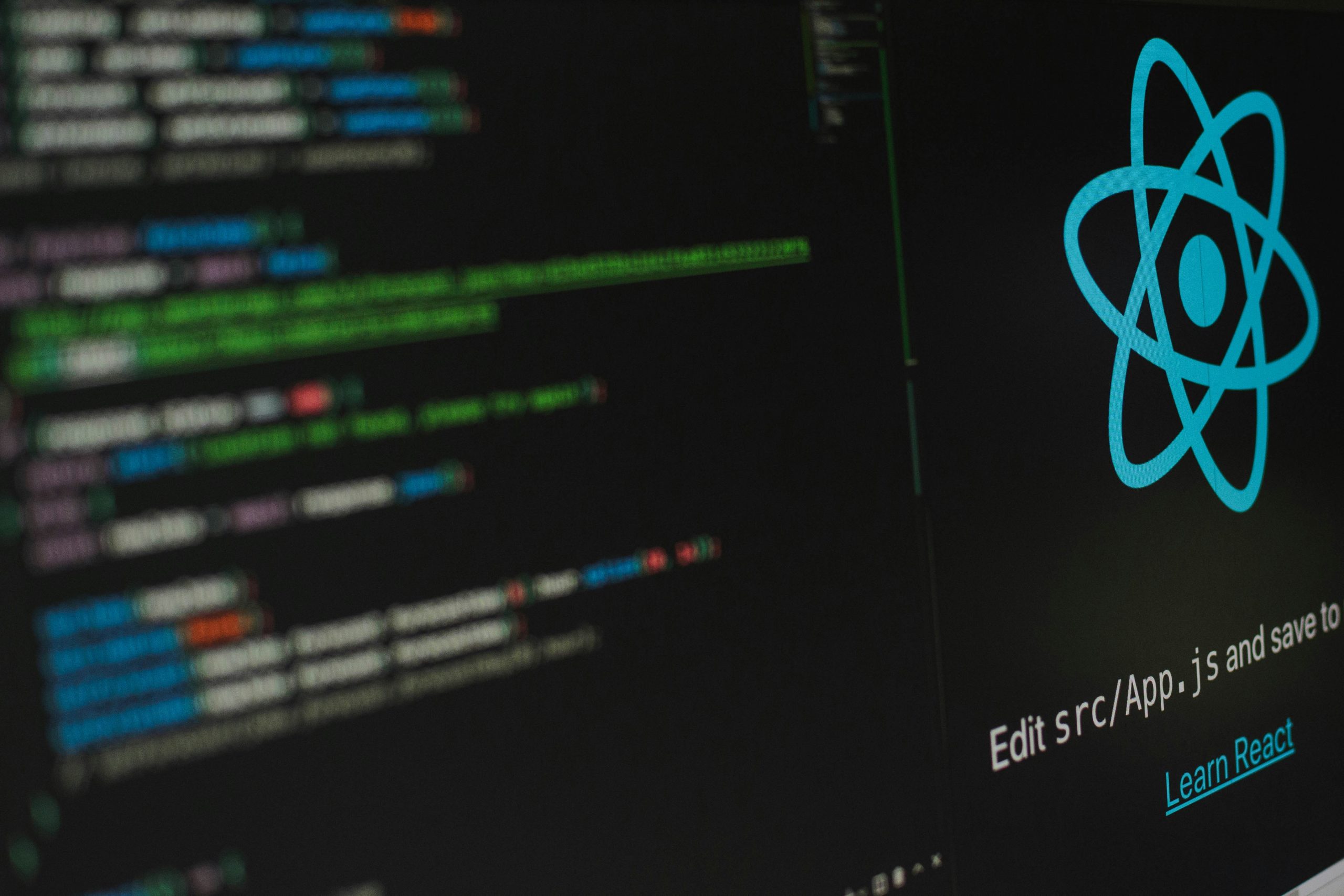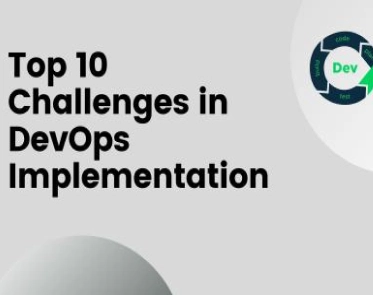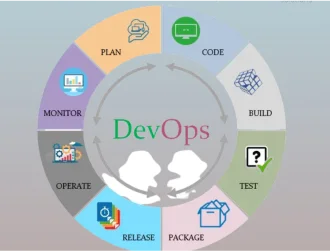The era of the full stack developer, proficient in both client-side and server-side programming, is here. Developers who can adapt to new situations while showcasing their knowledge are in high demand in today’s hyper-dynamic technology industry.
According to the U.S. Bureau of Labor and Statistics, developers will see job growth of 27 percent by 2024. This rapid growth highlights the increasing role of full stack development in building modern applications that are reliable and scalable across devices.
Before diving deeper, we must explore the fundamentals: What is full stack development? How does it function? What is the role of a full stack developer in mobile app development? This blog will answer these questions while also highlighting the latest app development trends.
What is Full Stack Development?
To understand what is full stack development, imagine a conductor leading an orchestra. A full stack developer can manage every part of the software project, from designing the user interface to maintaining the server-side logic.
Full stack development involves expertise in both the front end, which focuses on user experience, and the back end, which handles databases, logic, and infrastructure. Developers skilled in every stage of software creation are considered valuable assets because they can bridge the gap between user-facing features and underlying systems.
Key Components of Full Stack Development
Some of the key components of full stack development include:
- Front-end development
The user interface (UI) is the part of software that people interact with most directly. What makes up the user interface includes things like the design, colors, fonts, buttons, forms, and navigation.
Full stack developers are familiar with HTML, CSS, and JavaScript since these languages form the backbone of front-end programming. They also have experience with front-end frameworks like React, Angular, and Vue.js, which allows them to design adaptable and user-friendly UIs for applications.
- Back-end development
While the front end handles the user interface, the back end handles the infrastructure. Back-end languages that a full stack app development company is comfortable with include Node.js, Python, Ruby, and PHP. They can create and manage databases, set up and configure servers, and code the program’s backend.
- Database management
Database Management is widely utilized to hold mission-critical data for software applications. A full stack developer has no learning curve when moving from a NoSQL database like MongoDB to a relational database like MySQL or PostgreSQL.
- Version control systems
Tools for collaborative development based on version control systems, such as Git, are crucial. Developers with knowledge of the whole software development lifecycle have an advantage in areas such as version control, code management, and team communication.
- Deployment and DevOps
One of the many tasks required in releasing an application is fine-tuning the server environment. Many infrastructure responsibilities, including server provisioning, deployment automation, and CI/CD pipeline management, fall within the purview of a full stack engineer because of their knowledge of DevOps concepts.
Role of Full Stack Development
The role of full stack development in modern businesses cannot be overstated. Here’s why it is so important:
- Efficacy and flexibility
Due to their versatility, whole stack engineers are valuable at all project life cycle phases. Since fewer experts may be needed, this bodes well for cost savings. This flexibility is essential to the development process because it allows activities to be accomplished more quickly and with a better grasp of the project.
- Cost-effective
Hiring a full stack developer may be a more cost-effective choice for startups and small enterprises needing technical support. One “full stack” developer may take care of everything from the interface design to the server maintenance.
- Coordinating effortlessly
Those in the programming community proficient in all of the stack’s layers are called “full stack developers.” Because of their expertise in both front- and back-end systems, they work well with designers, UX/UI specialists, and other engineers. The final product will be more unified and expert-level if the app development company has more opportunities to communicate and collaborate.
- Adaptability to emerging technologies
New frameworks, libraries, and tools are continually being created and published in the modern tech environment. The full stack developers are the first to experiment with new tools. They can use modern resources to produce trustworthy software because of their versatility.
Mobile App Development Trends
While discussing the merits of full stack development, discussing the most current modern app development trends is crucial. Changes like these influence how apps develop and are used in today’s interconnected world.
- Progressive web apps
One possible explanation for progressive web apps or PWAs’ success is that they provide features often seen in native apps yet are accessed only via a web browser. Both web and native apps benefit from fast page loads, the ability to work without an internet connection, and push notifications. Developers skilled at creating client and server-side features are essential to the success of progressive web applications.
- AR and VR
Augmented and virtual reality technologies are enhancing the mobile app experience, particularly in the entertainment, academic, and business sectors. Successful augmented reality or virtual reality software development requires developers to have in-depth knowledge of the whole technology stack in modern development, from the lowest to the highest levels.
- AI and ML
Modern mobile applications use AI and ML to learn about their users’ interests and tailor their experience accordingly. Access to full stack engineers fluent in data management, server-side logic, and API connection is essential for implementing AI/ML capabilities.
Conclusion
The role of full stack development is becoming more significant as businesses demand versatile, efficient, and scalable solutions. Developers who are skilled in both front-end and back-end technologies bring unmatched value to organizations.
By understanding what full stack development is and recognizing the role of a full stack developer in mobile app development, companies can better appreciate why full stack engineers are essential for building next-generation applications.
Whether you are a business looking to innovate or a developer aiming to expand your skills, adopting full stack development is the key to thriving in today’s digital landscape.









